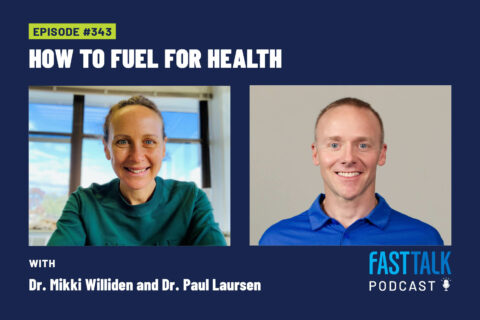
How to Fuel for Health
There’s an important difference between fueling for performance and fueling for health. In this episode, Dr. Mikki Williden and Dr. Paul Laursen give their suggestions on how to fuel for health.
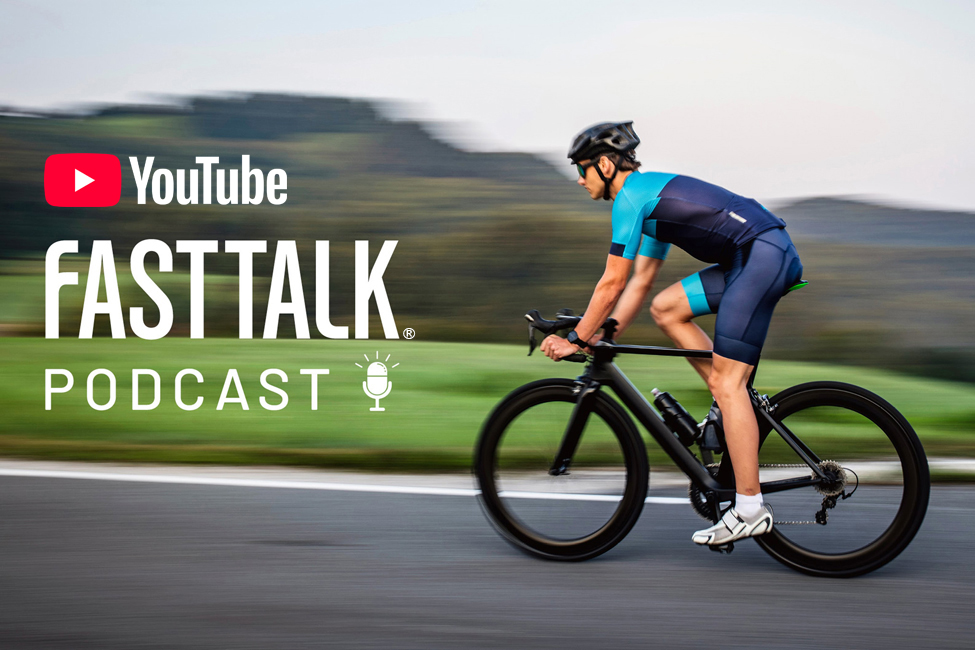
The Fast Talk Podcast focuses on the science of endurance sports in a conversational and informative style. Mixed into the deep discussions, there are tips and takeaways regarding endurance training philosophy, human physiology, workout design, performance nutrition, and sport psychology.
Our hosts Trevor Connor, Chris Case, and Griffin McMath explore these topics with world-class, leading experts on endurance sports. These include researchers like Dr. Stephen Seiler, Dr. Bent Ronnestand, Dr. Inigo San Millan, as well as coaches such as Joe Friel, Neal Henderson, Stacy Sims, and Grant Holicky.
Subscribe to Fast Talk for over 389 episodes on Apple Podcasts, Overcast, Soundcloud, Spotify, Stitcher, or wherever you get your podcasts.
Fast Talk Podcast is now on YouTube! Subscribe now to get 100+ of our best episodes, new releases, and featured videos.

There’s an important difference between fueling for performance and fueling for health. In this episode, Dr. Mikki Williden and Dr. Paul Laursen give their suggestions on how to fuel for health.
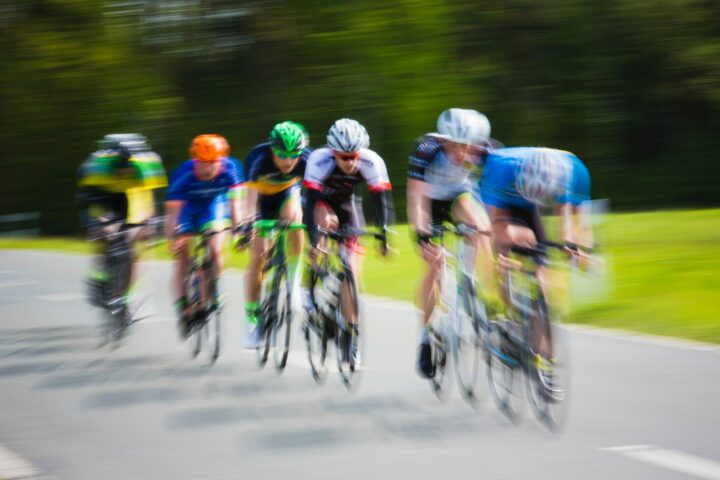
High-intensity training offers many benefits. It also has limitations. We explore just how much HIT work you need to perform at your best.
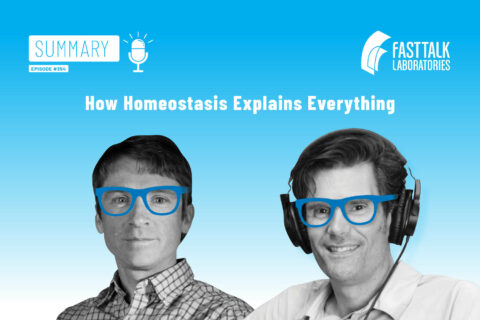
In this summary episode we discuss how homeostasis is at the core of almost every function in our bodies, including how we train and stay healthy.
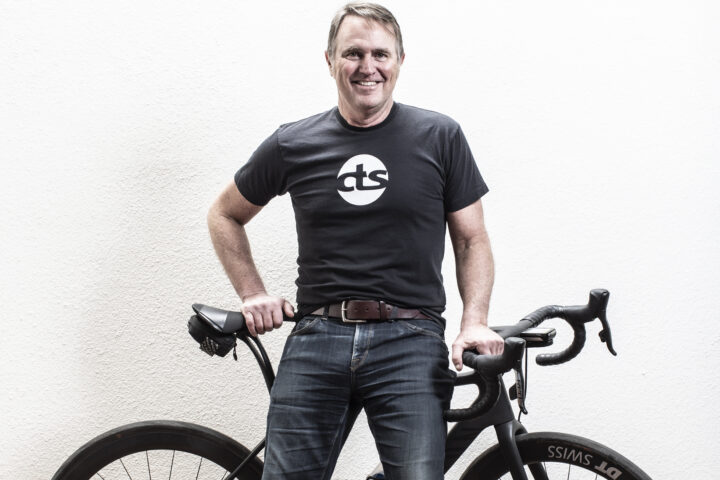
The author of “The Time-Crunched Cyclist” joins Fast Talk to discuss the science, merits, and limitations of the time-crunched training method.
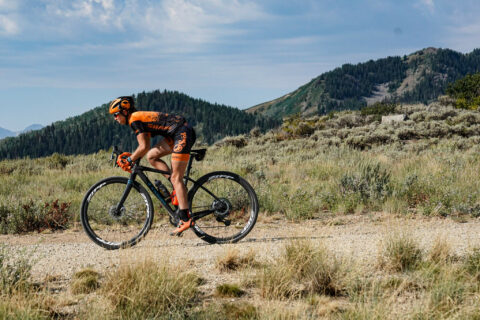
Pro mountain biker and coach Hannah Finchamp helps us field questions on time-crunched training, zone 1, interval design, and more.
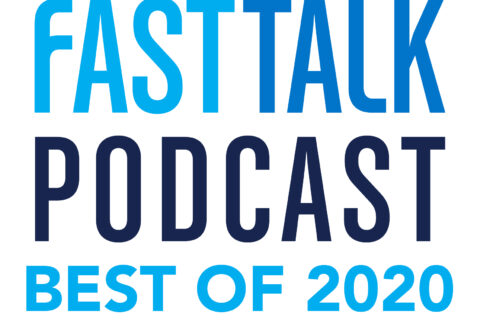
We bring you our favorite conversations with exceptional guests from the worlds of physiology, medicine, nutrition, sports psychology, and, of course, cycling.
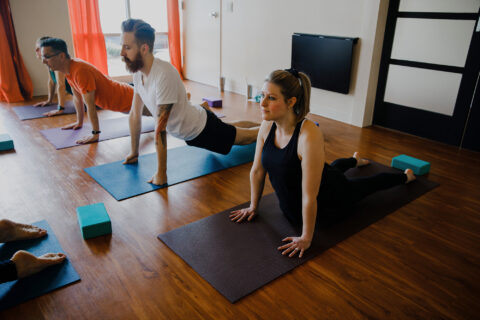
Yoga is much more than fancy stretching or breathing techniques—it can be a powerful tool to aid health and performance.

Ryan Kohler and Trevor Connor discuss some of the major myths and misconceptions in endurance sports nutrition.

Certain physiological gains only happen after years of development. We discuss how to design training plans that look two or more years ahead.
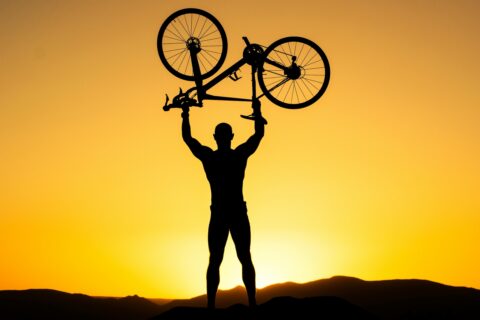
The offseason is the perfect time to assess our previous season, set goals and strategies for the coming season, and incorporate those into our training plans.
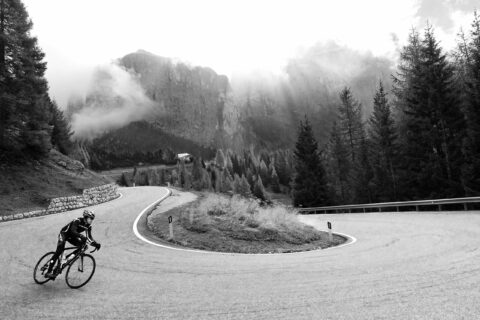
We believe modern coaching doesn’t optimally fulfill the needs of the modern athlete. That’s why we’re introducing our community, education, and coaching membership, Fast Talk Laboratories.
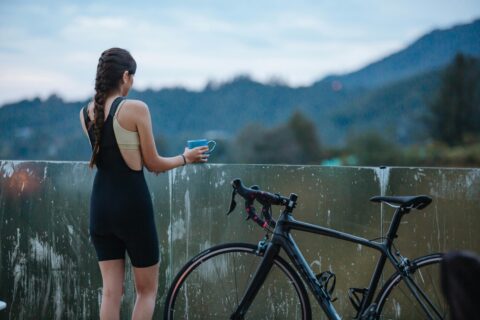
New England legend Amos Brumble joins Fast Talk to discuss training without power, the benefits of fixies, lunch rides, and more.
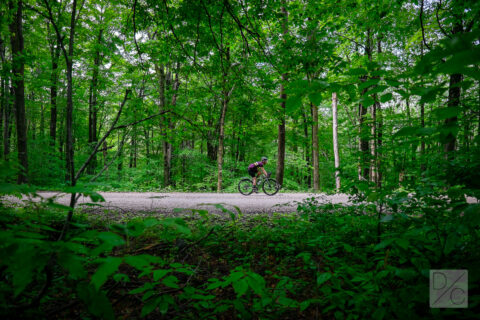
What’s it like to race for days? We step inside the fascinating world of ultra-distance events, including Tour Divide, RAAM, and Paris-Brest-Paris.
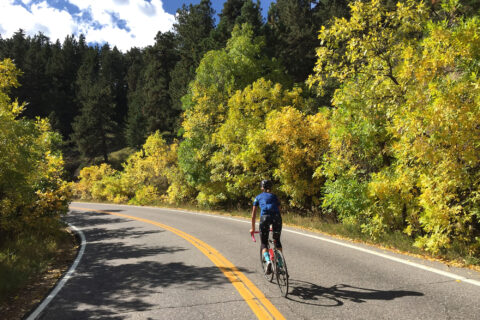
Colby Pearce joins Fast Talk for another Q&A episode to discuss crank length, power imbalance, the potential of CBD, and how to return after an injury.

Learn how to monitor and change your sleep to get the most out of every night with Dr. Shona Halson, sleep researcher and former director of the Australian Olympic Committee Recovery Centre.
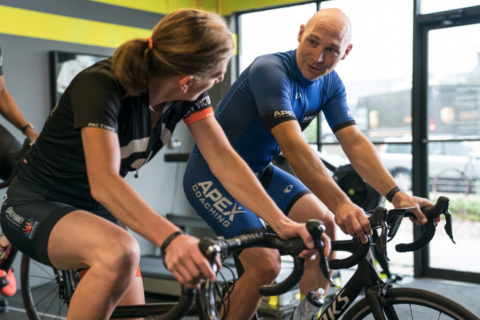
We hear from Fast Talk all-star guests like Joe Friel, Neal Henderson, and Amos Brumble about what their favorite workout is and why.
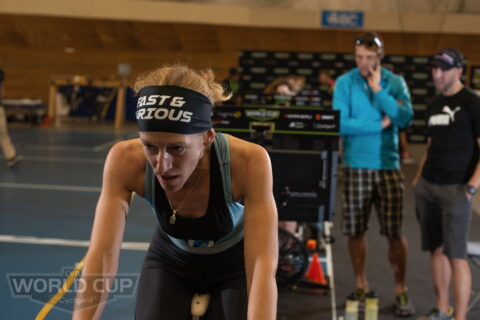
Joe Friel and Jim Rutberg explore indoor cycling and its many nuances.
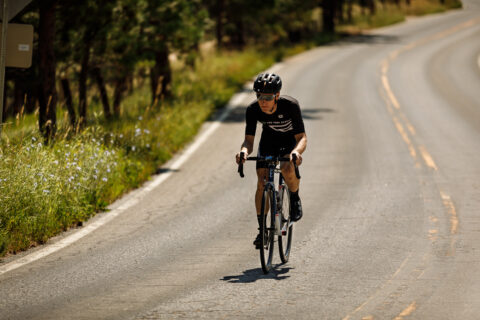
We catch up with our friends at The Pro’s Closet, Spencer Powlison and Bruce Lin, to discuss their recent four-week Strava PR Challenge. In the lead up to their attempts, we helped them with training advice and “race-day” strategy tips.
How do you, as an athlete, combine your understanding of sport science and your training and racing experience to most effectively map out your training? That question is the basis for today’s episode, one in which we drift between the philosophical and the practical.
Dr. James Hull, a leading expert on the science of breathing, joins us to talk about respiration and improving performance through breathing.
Our new Head Coach Ryan Kohler answers listener questions on weight loss, metabolism, mountain bike descending, and 5×5 interval workouts.
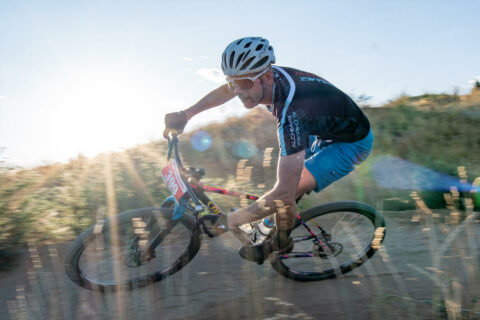
Cycling coaches Melanie McQuaid, Grant Holicky, and Ryan Kohler discuss the differences, similarities, nuances, and challenges of coaching beginner athletes versus veteran amateurs.